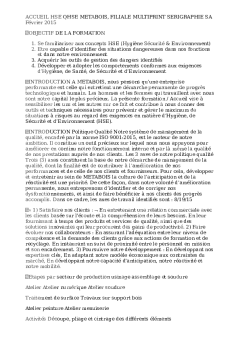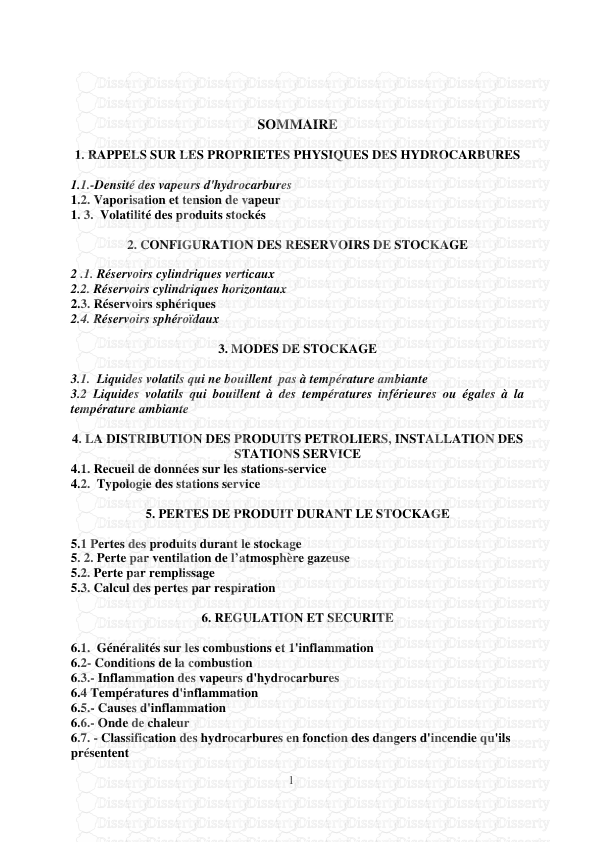Hollard lugus et le cheval
Monsieur Daniel Gricourt Monsieur Dominique Hollard Lugus et le cheval In Dialogues d'histoire ancienne Vol N pp - Citer ce document Cite this document Gricourt Daniel Hollard Dominique Lugus et le cheval In Dialogues d'histoire ancienne Vol N pp - http www persee fr web revues home prescript article dha - num CRésumé Cette étude s'attache aux relations que Lugus dieu majeur des Celtes entretient avec les équidés dans l'ensemble du domaine celtique en Espagne celtibérique Gaule indépendante ou romanisée Italie du Nord zone danubienne Pays de Galles et Irlande Elle utilise à cet e ?et sources écrites et documents ?gurés Abstract This study deals with the relationship between Lugus the main god of the Celts and the equine family throughout the Celtic area In Celtiberic Spain Lugus was called 'equeisos' - that is equestrian or equine In Gaul this divinity appeared as the Roman Mercurius and Apollo it was given the name of 'Atepomaros' meaning 'Great Horse' who founded under this name the town of Lugudunum Lyons Broadly speaking Lugus was also the charioteer that leads horses on most Gallic coins as such he was sometimes represented with a solar face or an extensive forearm a characteristic peculiar to him This solar charioteer is still found on a Gallo- Roman bronze struck around - AD which represents Lugus leaping forward with his spear whilst pulling a horse behind him The god was also worshipped in Northern Italy and in Gaul under the name of Belenos 'the Shining' who was linked to a divine horse on Gallic coins Finally Lugus was associated in an iconographie and functional way with Epona 'the divine Mare' with whom he protected travellers in particular For the Celtic islanders Lugh was the ?rst horseman who created horse riding and founded horse racing He was closely linked to the horse goddess Macha in Ireland and Rhiannon 'the Great Queen' in Wales the embodiment of sovereignty of whom as a foal he appears to be the son In this connection he could be the twin brother of a sea-creature Lugh also had relationships with equine women which may be the expression of some Irish rites of royal consecration This is con ?rmed by clear Indo-European parallels in which equine sexuality plays a central role and the presence of the divinity is perceptible CLugus et le cheval Dialogues d'Histoire Ancienne - Résumés ? Cette étude s'attache aux relations que Lugus dieu majeur des Celtes entretient avec les équidés dans l'ensemble du domaine celtique en Espagne celtibérique Gaule indépendante ou romanisée Italie du Nord zone danubienne Pays de Galles et Irlande Elle utilise à cet e ?et sources écrites et documents ?gurés ? This study deals with the relationship between Lugus the main god of the Celts and the equine family throughout the Celtic area In Celtiberic Spain Lugus was called equeisos - that is equestrian or equine In Gaul this divinity appeared as the Roman Mercurius and Apollo it was given the name of Atepomaros meaning 'Great Horse'
Documents similaires










-
44
-
0
-
0
Licence et utilisation
Gratuit pour un usage personnel Aucune attribution requise- Détails
- Publié le Jui 15, 2022
- Catégorie Industry / Industr...
- Langue French
- Taille du fichier 224.6kB


